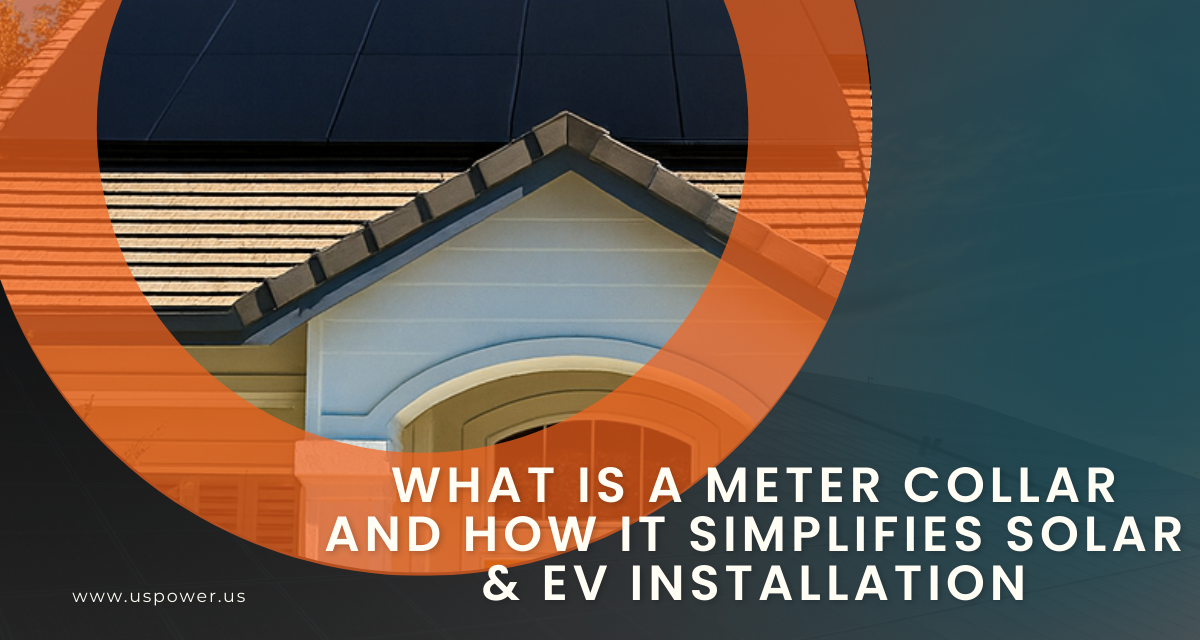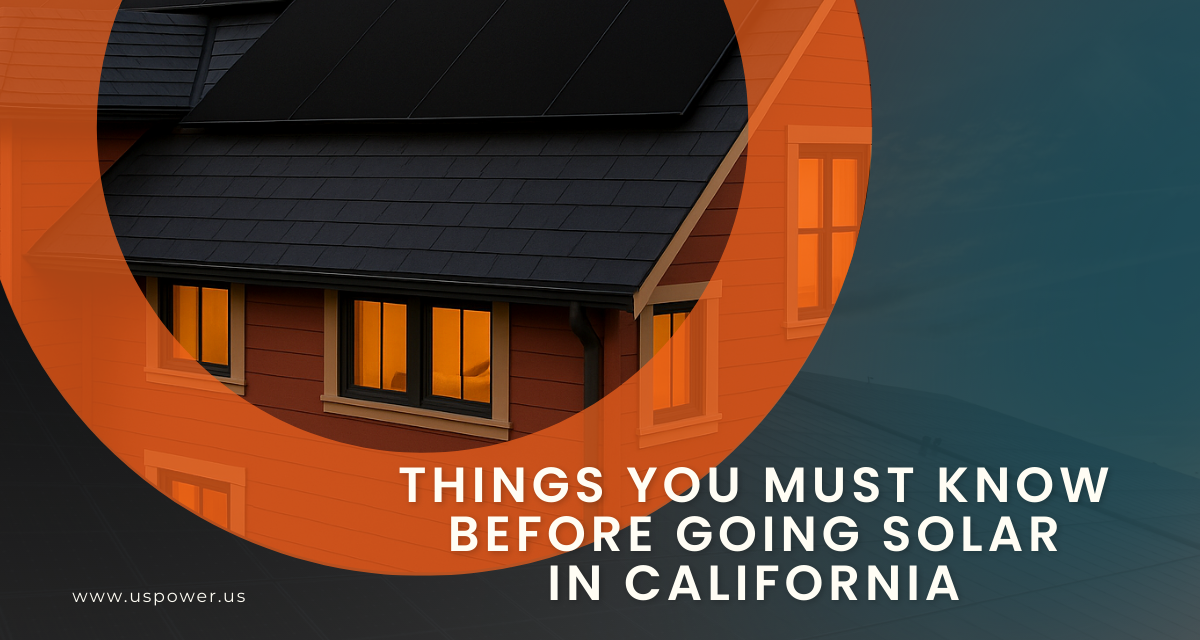California Solar in 2025 NEM 2.0 vs NEM 3.0 Billing Changes

Solar and Roofing Advisor
See how the shift from NEM 2.0 to NEM 3.0 affects solar savings in California. Updated for 2025, US Power breaks down everything homeowners should know.

California’s solar policies have shaped how homeowners save money with renewable energy for more than a decade. For years, Net Energy Metering (NEM) 2.0 allowed solar customers to offset their electric bills with generous credit rates. But in April 2023, California rolled out NEM 3.0, changing how solar owners are credited for excess power sent back to the grid.
Now, in 2025, homeowners are asking: How does NEM 3.0 compare to NEM 2.0—and is solar still worth it? Let’s break down the key differences, what they mean for Southern California homeowners, and how US Power helps you maximize savings.
What Was NEM 2.0?
Under NEM 2.0, homeowners who went solar received nearly full retail credit for every kilowatt-hour (kWh) of electricity they exported to the grid. This meant:
- High savings potential: Bills could be offset by 70–90%.
- Faster payback period: Many solar systems paid for themselves in 5–7 years.
- No urgent need for batteries: The grid acted as a “bank,” storing solar credits for nighttime use.
In short, NEM 2.0 made going solar extremely attractive, but it created challenges for utilities managing high solar adoption.
What Changed with NEM 3.0?
Launched in April 2023, NEM 3.0 drastically reduced the value of solar export credits. On average, credit rates dropped by 75% compared to NEM 2.0. Here’s what homeowners face today:
- Lower export rates: Credits are now closer to wholesale electricity prices.
- Longer payback period: Average ROI now stretches to 8–12 years.
- Stronger case for batteries: Solar alone saves less under NEM 3.0, but pairing solar with battery storage helps homeowners use their power directly instead of selling it back at lower rates.
NEM 2.0 vs NEM 3.0: Key Comparison
| Feature | NEM 2.0 | NEM 3.0 (2025) |
|---|---|---|
| Export Credit | Retail rate (~25–35¢/kWh) | Wholesale-like rate (~5–10¢/kWh) |
| Payback Period | 5–7 yearsh | 8–12 years |
| Battery Storage | Optional | Highly recommended |
| Savings Potential | 70–90% bill reduction | 40–60% bill reduction (higher with battery) |
Is Solar Still Worth It Under NEM 3.0?
Yes—but the strategy has shifted. While NEM 3.0 reduces export values, homeowners can still unlock big savings by:
- Installing solar + battery storage to store daytime energy for evening use.
- Taking advantage of federal tax credits (30% ITC) available through 2032.
- Using factory-direct panels from US Power’s Qcells partnership for maximum efficiency and long-term performance.
With electricity rates in California continuing to rise—some utilities increasing prices by 5–8% annually—solar remains a smart long-term investment.
Why Work with US Power Under NEM 3.0?
Choosing the right installer matters more than ever under NEM 3.0. At US Power, we help Southern California homeowners maximize savings by:
- Offering exclusive factory-direct pricing on American-made Qcells panels.
- Designing systems optimized for battery storage and time-of-use rates.
- Providing a 25-year warranty on product, performance, and workmanship.
- Handling everything from permits to final inspection for a hassle-free experience.
The Future of Solar Savings in California with US Power
While NEM 3.0 has changed the solar landscape, it hasn’t eliminated the benefits of going solar—it’s simply shifted the focus to smarter system design and battery integration. With rising utility costs, federal incentives, and reliable technology, investing in solar in 2025 remains one of the best financial and environmental decisions a California homeowner can make.
Ready to future-proof your energy savings?
Contact US Power today for a free solar + battery consultation and see how much you can save under NEM 3.0.
Related Articles
Our Related Blogs
Learn how a meter collar speeds up solar and electric vehicle (EV) installations.
Save on CA electricity bills with solar panels, batteries, and smart energy use.
California rules, incentives, and savings make solar a smart move for homeowners.
Our Solar and Roof Brand Partners








We empower communities and businesses to harness clean, renewable solar energy solutions that drive sustainable growth.
Ready to Own Your Power? Call us today!
818-650-8010
Copyright © 2025 US Power - Axia by QCells. All Rights Reserved.
Privacy is important to us, so you have the option of disabling certain types of storage that may not be necessary for the basic functioning of the website. Blocking categories may impact your experience on the website.
Essential
These items are required to enable basic website functionality.
Personalization
These items allow the website to remember choices you make (such as your user name, language, or the region you are in) and provide enhanced, more personal features.
Marketing
These items are used to deliver advertising that is more relevant to you and your interests.
Analytics
These items help the website operator understand how its website performs, how visitors interact with the site, and whether there may be technical issues.
We and our third-party partners use cookies and other technologies to enhance and track your experience on this site, conduct analytics, and personalize marketing to you. By using the site, you agree to our use of these technologies, including recording and monitoring your interactions with the site.
Get an instant solar estimate using satellite!









